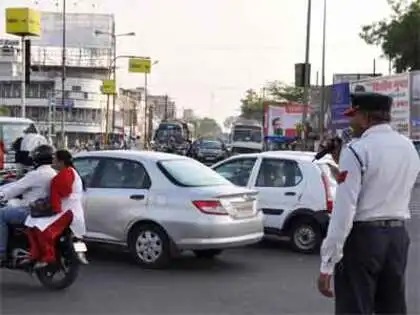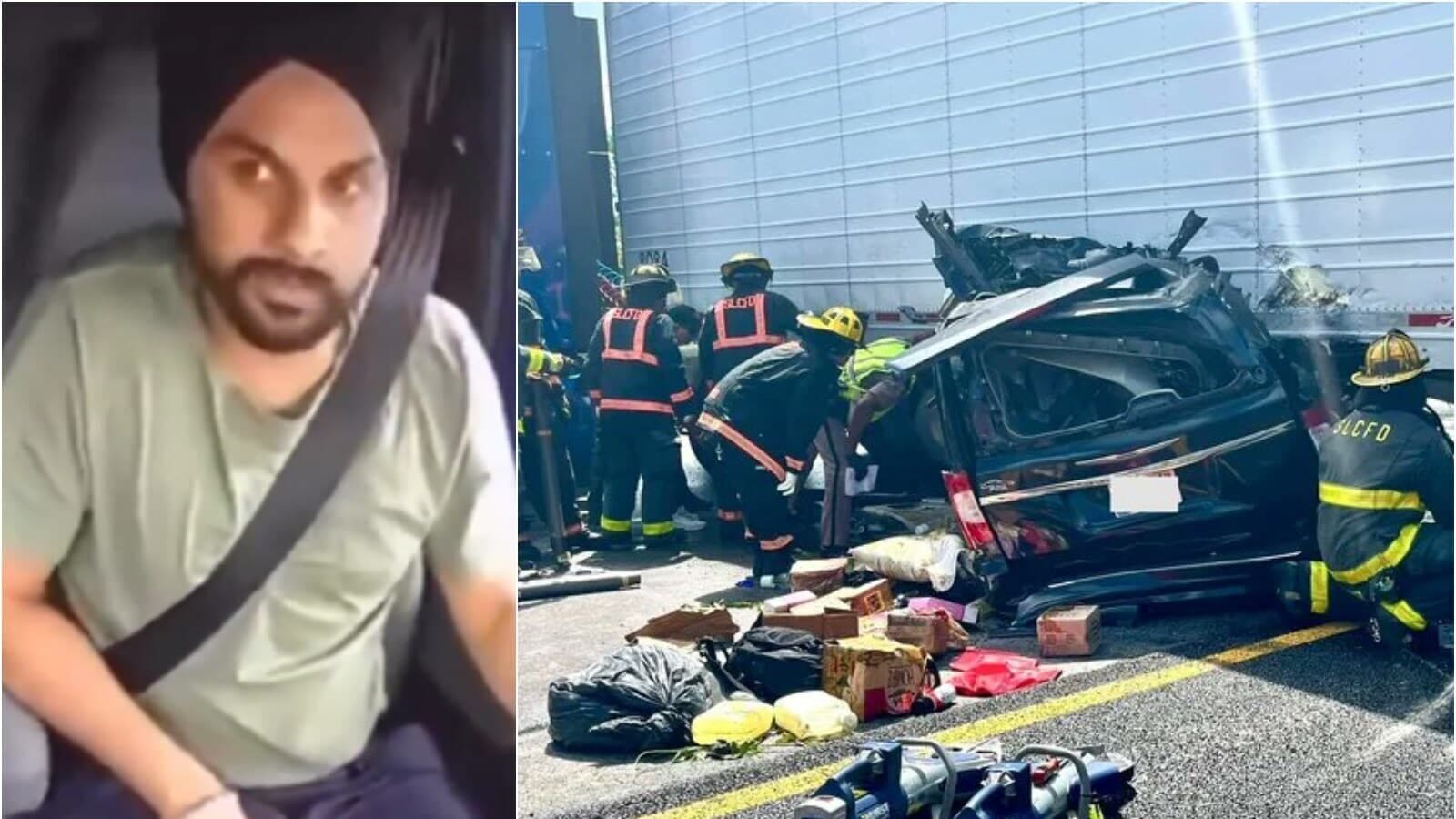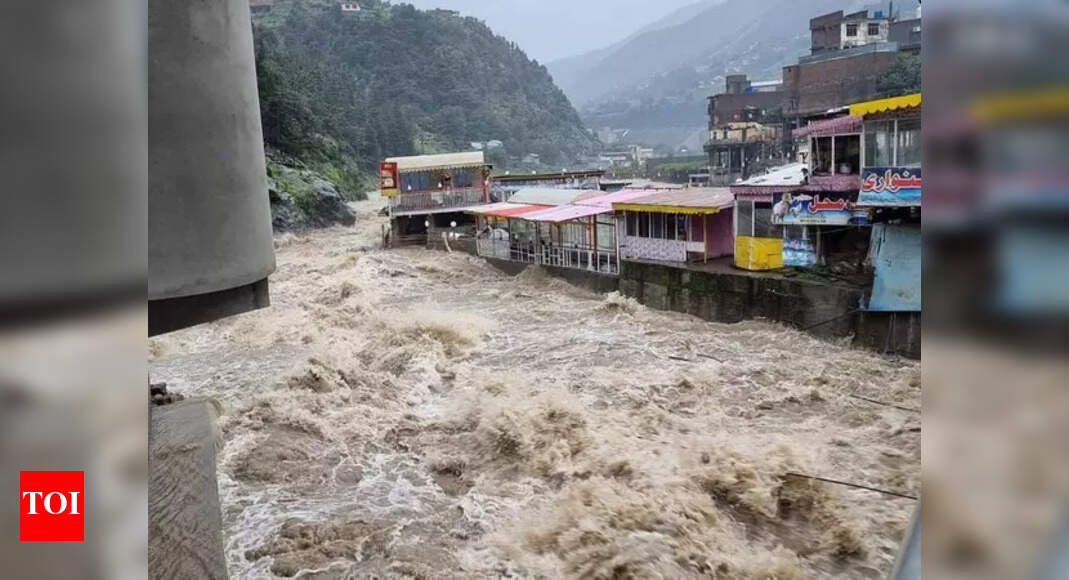Inspired by models used in countries like the UK, Australia, Germany, and Canada, the new system will operate on a “demerit and merit” framework. Drivers will receive demerit points for infractions like speeding, running red lights, and reckless driving. Conversely, positive actions—such as following traffic rules consistently or helping accident victims—could earn merit points. The system will be introduced through forthcoming amendments to the Motor Vehicles Act.
The Need for Reform
India reports one of the highest numbers of road fatalities globally, with over 1.7 lakh deaths annually. Previous attempts, such as increasing fines in 2019, have failed to significantly reduce accidents. Based on a 2011 report by former Road Transport Secretary S. Sunder, the new penalty structure recommends that drivers accumulating 12 demerit points within three years face a one-year suspension. Repeat offenders risk losing their licence for up to five years.
Leveraging Technology for Enforcement
Technology will play a critical role in implementing the new system. Law enforcement will use handheld devices for real-time monitoring of violations and driver records. In Delhi, for instance, AI-powered radar systems with 360-degree coverage are already being used to catch offences like speeding, mobile phone use, and not wearing seatbelts. These systems are equipped with Automatic Number Plate Recognition (ANPR) cameras that track multiple vehicles and automatically issue e-challans, with data synced to the National Informatics Centre (NIC) for fast processing.
Stricter Rules for Renewals and Learners
The government plans to introduce mandatory driving tests for licence renewal applicants with a history of violations—even if they apply before the expiry date. Currently, such tests are waived for timely renewals.
Rules for learner’s licences are also being tightened. The Ministry is considering requiring licences for low-powered electric vehicles (under 1,500 watts, max speed 25 km/h) and setting graded eligibility criteria for obtaining learner’s permits.
Addressing Unpaid Fines
With only 40% of e-challans currently being paid, the government is considering suspending licences for up to three months if fines remain unpaid for more than 90 days. Repeated offences such as red-light jumping or dangerous driving could also result in temporary suspensions.
Additionally, insurance premiums may soon reflect a driver’s traffic history. Those with multiple unpaid fines could face higher insurance costs. A notification system is being developed to alert vehicle owners of pending challans to avoid confusion from system delays or errors.
Tackling State-wise Recovery Gaps
E-challan recovery rates vary widely across states. Delhi has the lowest rate at 14%, followed by Karnataka (21%), and Tamil Nadu and Uttar Pradesh (27%). In contrast, Maharashtra and Haryana lead with 62% and 76%, respectively. The government aims to close this gap through uniform enforcement and better use of technology.
This ambitious reform strategy involves coordination between the central and state governments, traffic authorities, safety experts, and NGOs, aiming to make Indian roads safer for all.








